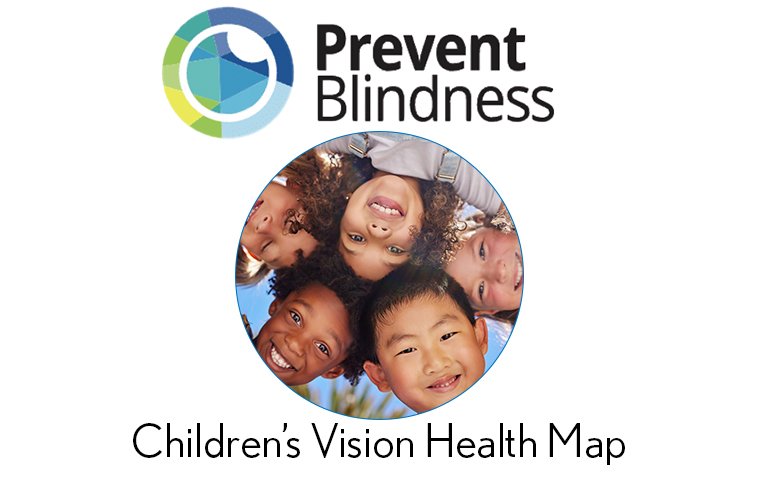
Can a Simple Eye Exam Diagnose Autism in Children?
Females are frequently underdiagnosed on the autism spectrum because they tend to conceal their symptoms more effectively than males. A potential explanation lies in a simple eye examination.
New research conducted by the University of Waterloo's School of Optometry and Vision Science found a difference between how females males with high autistic traits process visual information.
This discovery provides researchers with a potential connection to better understand why females are often underdiagnosed and helps medical teams grasp the relationship between how a person's unique neurodivergent traits are expressed and how they process sensory information.
The study, titled "Associations Between Autism Spectrum Quotient and Integration of Visual Stimuli in 9-year-old Children: Preliminary Evidence of Sex Differences," was recently featured in the Journal of Autism and Developmental Disorders.
“We found that the level of someone's autistic traits was meaningfully tied to their performance in various kinds of visual tasks. Interestingly, this effect was dependent on the sex of the child. To be specific, males with high autistic traits tended to be worse on both object recognition and hand-eye coordination tests, whereas females with high autistic traits were totally fine with object recognition tests but showed the same association as males with the hand-eye coordination tests,” said Andrew Silva, a postdoctoral fellow at the University of Waterloo School of Optometry and Vision Science.
The researchers analyzed a cohort of 400 children, aged 9 to 10, from New Zealand, who displayed a wide spectrum of autism traits. They conducted various vision and visuomotor processing tests on this cohort and subsequently examined the connection between their test performance and their autism traits.
One of the tests involved having the children observe a computer screen with numerous dots moving randomly and asking them to discern whether the dots exhibited an overall upward or downward movement. Another test required the children to identify whether the display contained a circle or a square.
In both tests, the level of difficulty increased as the children provided correct answers. The point at which maximum difficulty was achieved was established as the threshold value, which was then correlated with the score indicating their autistic traits.
"The part of the visual system that handles object recognition is also connected to face recognition, recognizing nonverbal communication and facial expressions. The fact that this system was not impacted in our sample of females with high autistic traits is consistent with the idea that this system allows females to better navigate social situations and mask neurodivergence,” said Andrew Silva.
He added: "However, what we do not yet know is whether this visual process is preserved due to differences in how males and females are brought up in society or whether there is an inherent difference in the visual systems of neurodivergent children. In the end, these results highlight that human neurodiversity is not a singular concept—different sexes, and indeed different people, express autistic traits in their own unique way. Thankfully, this lesson is becoming better understood both by researchers and by the general public."
Reference
Silva, A.E. et al, Associations Between Autism Spectrum Quotient and Integration of Visual Stimuli in 9-year-old Children: Preliminary Evidence of Sex Differences. Journal of Autism and Developmental Disorders. (2023). DOI: 10.1007/s10803-023-06035-1
(1).jpg)










